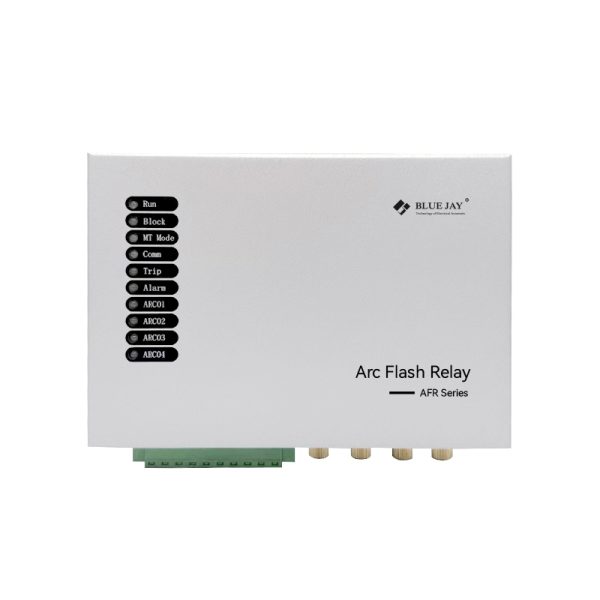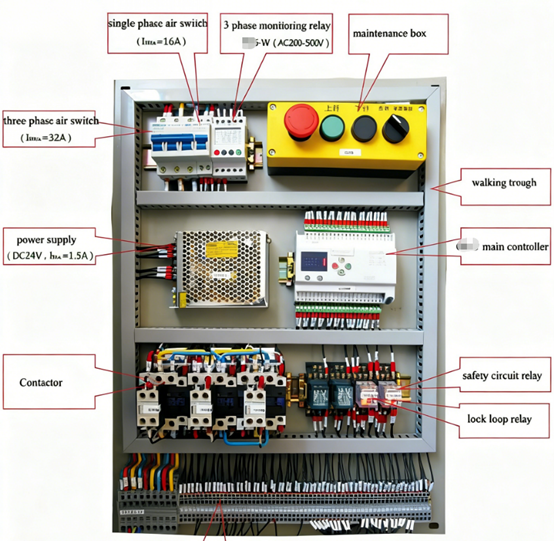As for variable frequency drive application, this article will introduce it from common application areas and application industries.
Common variable frequency drive application
Variable frequency drives (VFDs) are widely used in modern industrial automation. The following are some common application areas:
1. Vfd applications in Motor Control

VFDs can be used to regulate the speed and output power of motors, achieving precise motion control. This is particularly common in mechanical equipment, wind power generation units, and conveying systems. By using VFDs, motors can be flexibly adjusted according to specific needs, enhancing the overall performance and responsiveness of the system.
2. Vfd applications in Energy-saving Control

VFDs can adjust motor speed based on actual load requirements, achieving energy-saving control. By regulating the motor with VFDs, energy consumption can be significantly reduced, and the operational efficiency of the system can be improved. This is crucial in various industrial productions, effectively reducing energy consumption and operational costs.
3. vfd uses in Constant Current and Constant Voltage Control
VFDs can precisely control the output current and voltage, achieving constant current and constant voltage control. This is widely applied in electroplating, electrolysis, and battery charging, enhancing the stability and efficiency of load equipment, ensuring continuous and stable production processes.
4. vfd uses in Photovoltaic Power Generation Systems
In photovoltaic power generation systems, VFDs play a critical role. They can convert the direct current output from solar panels into alternating current and supply it to the grid for user consumption. This not only improves the utilization efficiency of solar energy but also ensures the stability and reliability of the power supply system.
Variable frequency drive application in Specific Industries
1. use of variable frequency drive in Mechanical Industry

In mechanical processing, motor speed regulation is essential to meet different processing requirements. VFDs can adjust motor speeds to satisfy various processing needs, such as those of lathes, milling machines, planers, and grinders. Through VFD control, mechanical equipment can achieve high precision and high-efficiency operations.
2. use of variable frequency drive in Chemical Industry
In chemical production, precise control of flow, temperature, and pressure is crucial for ensuring product quality. VFDs can regulate the speeds of pumps, fans, and compressors, achieving precise control of these parameters, thereby enhancing the safety and stability of the production process.
3. application of vfd drives in Metallurgical Industry

In the metallurgical industry, VFDs are widely used in various rolling mill loads, including large rolling mills and light load rolling mills. VFDs can meet the demands for low-frequency load starting, synchronized operation between racks, and constant tension control, thereby improving production efficiency and product quality.
4. Application of vfd drives in Pump Loads
Pump loads include water pumps, oil pumps, and chemical pumps. By controlling the speed of the pumps with VFDs, precise control of flow and pressure can be achieved, reducing energy consumption and enhancing the operational efficiency and lifespan of the pump equipment.
5. Vfd applications in Air Conditioning Loads
In office buildings, shopping malls, supermarkets, and factories, central air conditioning consumes a significant amount of electricity during summer peak usage times. Using VFDs to control the refrigeration pumps, chilled water pumps, and fans in the air conditioning system can significantly save energy, reduce operational costs, and improve the control precision and comfort of the air conditioning system.






